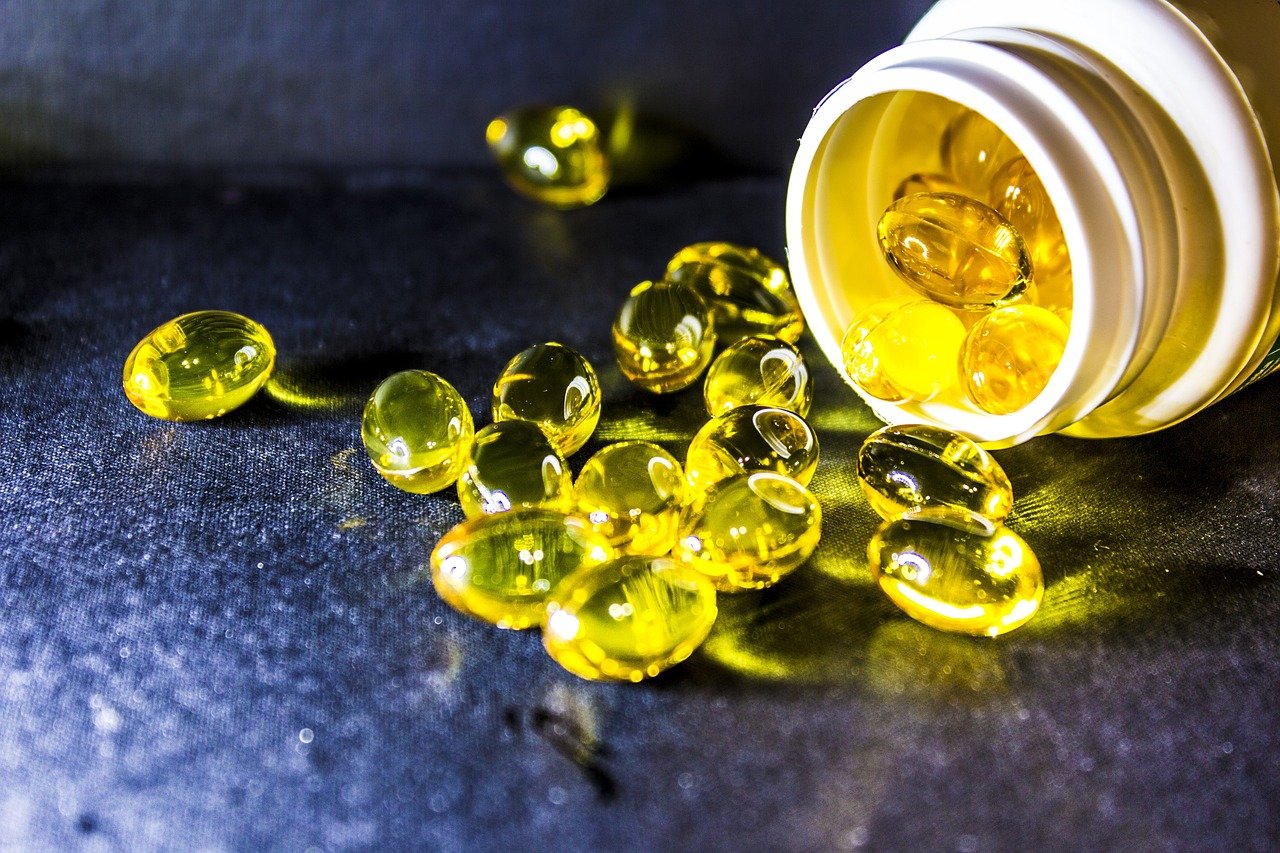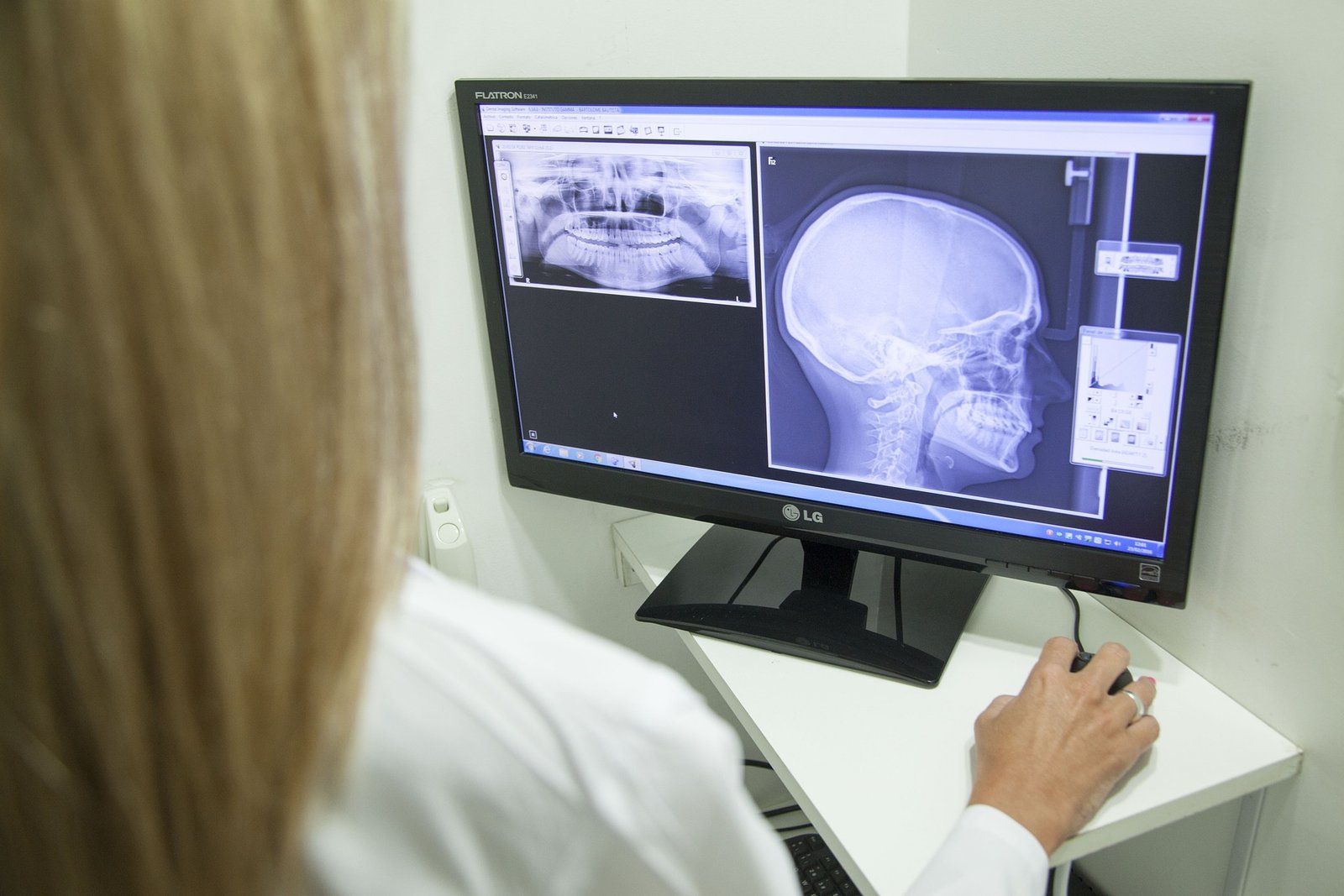Regular oral hygiene is an important but often overlooked health care service.
IMPORTANCE of oral hygiene care is as follows-
1) Regular assessment of oral cavity (mouth) is critical for the prevention of many problems and more serious outcomes.
2) Ability to adequately chew and swallow impacts nutritional intake.
3) Oral pain can lead to behavioral problems in cognitively impaired residents.
4) Severe periodontal disease (gum problem) may result in emergency or complex dental procedures [abscesses, tooth extraction]
5) Regular oral hygiene contributes to the prevention of dental caries and periodontal diseases.
ORAL HYGIENE CARE
Prevention of plaque related diseases through the disruption of plaque through the mechanical action of tooth brushing and flossing or use of other oral hygiene aids.
Taking care of the tooth and gums is essential to good oral health. Ensuring that the mouth is healthy is important to overall well being. It also helps to avoid painful and expensive cavities, oral infections and diseases of mouth like gingivitis.
AIDS FOR MAINTAINING ORAL HYGIENE
- TOOTHBRUSHES and DENTRIFICES
- INTERDENTAL AIDS
a)DENTAL FLOSS
b)INTERDENTAL BRUSHES
c)WOODEN TIPS
- AIDS FOR GINGIVAL STIMULATION
a)GINGIVAL MASSAGE
b)WATER IRRIGATION DEVICES
- TONGUE SCRAPERS
TOOTHBRUSHES
According to ADA’s (American Dental Association) Council on DENTAL THERAPEUTICS “The toothbrush is designed primarily to promote cleanliness of teeth and oral cavity.”
HISTORY
1st introduced in china as early as 1600 B.C.
Afterwards, in the western world in 1640.
Nylon came into use in toothbrush construction in 1938.
Powered toothbrushes were actively promoted after 1960
Objectives-
To clean teeth and interdental spaces of food remnants, debris ,stain etc.
To prevent plague formation.
To disturb and remove plague.
To stimulate and massage gingival tissue
To clean the tongue.
TYPES-
Manual toothbrushes
Powered toothbrushes
Sonic and ultrasonic toothbrushes
Ionic toothbrushes
Parts of a Toothbrush-
1-handle-the part grasped in the hand during tooth brushing.
2-head-the working end of a toothbrush that holds the bristles or filaments.
3-tufts- clusters of bristles or filaments secured into the head.
4-brushing plague-the surface formed by the free ends of bristles or filaments.
5-shank- the section that connects head and handle.
TOOTHBRUSH BRISTLES-
They can be-hard or soft.
-natural or synthetic
-multi tufted or space tufted
Stiffness of bristles vary based on-
1-diameter of bristles-
-size vary from 0.0035-0.0190 inch.
-bristles wider in diameter are stiffer as compared to bristles with lesser diameter.
2-length of bristles-
Stiffness of bristles is inversely proportional to length of bristles
3-number of filaments in tuft each filament gives support to adjacent filaments and each tuft gives support to adjacent tufts.
4-curvature of filaments-cured filaments may be more flexible and less stiff than straight filaments.
MANUAL TOOTHBRUSHES-
IDEAL CHARACTERISTICS-
-It should confirm to individual patient requirement in size, shape and texture.
-It should be easily and effectively manipulated.
-It should be durable and inexpensive.
POWERED TOOTHBRUSHES-
-In 1885 FREDRICK TORNBERG designed 1st mechanical toothbrush which was followed by 1st powered toothbrush in 1939.
-actual marketing of the brush was done in 1960.
-heads of the brush oscillate in a rotary motion or side to side motion.
-frequency of oscillations is around 40hz
INDICATIONS-
1-young children
2-handicapped patients
3-indivuals lacking manual dexterity
4-patients with prosthodontic or end osseous implants.
5-orthodontic patients.
6-patients on supportive periodontal therapy
ADVANTAGES
1.Increased patient’s motivation
better patient compliance
2.Increased accessibility in interproximal and lingual tooth surface
3.No specific brushing technique required
4.Uses less brushing force than manual toothbrushes
5.Brushing timer is incorporated in some brushes to help the patient in brushing for required duration
SONIC and ULTRASONIC TOOTHBRUSHES
Produce high frequency vibrations[1.6 MHz],which lead to the phenomenon of cavitation and acoustic micro streaming.
Aids in stain removal as well as disruption of bacterial cell wall.
IONIC TOOTHBRUSHES
Change the surface charge of a tooth by an influx of positively charged ions
The plaque with a similar charge is repelled from the tooth surface and is attracted by negatively charged bristles of toothbrush.
DENTRIFICES
According to ADA Council on DENTAL THERAPEUTICS
“A dentrifice is a substance used with a toothbrush for the purpose of cleaning the accessible surfaces of the teeth.”
APPLICATION
The amount of toothpaste or gel needed for effective cleaning is a pea sized dab on the top half of the toothbrush. Children under 6 years of age should only be given half the amount of dentrifice as compared to that of an adult.
TOOTH BRUSHING TECHNIQUES
1.THE BASS METHOD or SULCUS CLEANING METHOD
2.MODIFIED BASS TECHNIQUE
3.MODIFIED STILLMAN’S TECHNIQUE
4.FONES METHOD or CIRCULAR or SCRUB METHOD
THE BASS METHOD
INDICATIONS
1.Adaptable for open interproximal areas,cervical areas beneath the height of enamel and exposed root surfaces.
2.Recommended for routine patients with or without periodontal involvement.
TECHNIQUE
The bristles are placed at 45 degrees to the gingiva and moved in small circular motions.Strokes are repeated around 20 times,3 teeth at a time.On the lingual aspect of anterior teeth ,the brush is inserted vertically and the heel of the brush is pressed into gingival sulci and proximal surfaces at 45 degree angle.The bristles are then activated.Occlusal surfaces are cleansed by pressing the bristles firmly against the pits and fissures and then activating the bristles.
ADVANTAGES
1.Effective method for removing plaque
2.Provides good gingival stimulation
3.Easy to learn
DISADVANTAGES
1.Overzealous brushing may convert the “very short strokes” into a scrub brush technique and cause injury to gingival margin.
2.Time consuming
3.Dexterity requirement is too high for certain patients.
MODIFIED BASS TECHNIQUE
INDICATIONS
1.As a routine oral hygiene measure
2.Intrasulcular cleansing
TECHNIQUE
It combines vibratory and circular movements of Bass technique with the sweeping motion of Roll technique.The toothbrush is held in such a way that bristles are at 45 degree to the gingiva.Bristles are gently vibrated by moving the brush handle in a back and forth motion.bristles are then swept over the sides of the teeth towards their occlusal surfaces in a single motion.
ADVANTAGES
1.Excellent sulcus cleaning
2.Good interproximal and gingival cleaning
3.Good gingival stimulation
DISADVANTAGES
Dexterity of wrist is required
MODIFIED STILLMAN’S TECHNIQUE
INDICATIONS
1.Dental plaque removal from cervical areas below the height of contour of the enamel and from exposed proximal surfaces.
2.General application for cleaning tooth surfaces and massage of the gingiva.
3.Recommended for cleaning in areas with progressing gingival recession and root exposure to prevent abrasive tissue destuction
TECHNIQUE
The bristles are pointed apically with an oblique angle to the long axis of the tooth.The bristles are positioned partly on the cervical aspect of teeth and partly on adjacent gingiva.The bristles are activated by short back and forth motions and simultaneously moved in a coronal direction.Following 20 strokes,the procedure is repeated systematically on adjacent teeth.A soft toothbrush is indicated for this technique.
DISADVANTAGES
-Time consuming
-Improper brushing can damage epithelial attachment
FONES METHOD
INDICATIONS
1.Young children
2.Physically or emotionally handicapped individuals
3.Patients who lack dexterity
TECHNIQUE
The child is asked to stretch his/her arms such that they are parallel to the floor.The child is then asked to make big circles using the whole arm in the air.
The circles are reduced in diameter until very small circles are made in front of the mouth.The child is now ready to make circles on the teeth and gums are covered.
ADVANTAGES
1.It is easy to learn
2.Shorter time is required
DISADVANTAGES
1.Possible trauma to gingiva
2.Interdental areas are not properly cleaned
3.Detrimental for adults especially who use the brush vigorously.
Maintenance of Toothbrushes
The toothbrush may act as a vehicle in breeding and transmitting various organisms in the oral cavity.Storing toothbrushes in dry areas is a necessity since wet surfaces may allow bacterial proliferation.
Toothbrushes should be kept in open air with the head in an upright position with no contact with other brushes.
INTERDENTAL CLEANING AIDS
Adjunctive devices
Used to remove plaque from interproximal tooth surfaces.
Various methods are-
-Dental floss
-Interproximal/interdental brushes
-Wooden tips
DENTAL FLOSS
-Indicated to remove plaque from interproximal tooth surfaces
– The unwaxed dental floss is better than the waxed for the following reasons-
1.It is smaller in diameter and passes more easily through tight interproximal contacts.
2.Under tension it flattens out on the tooth surface with each component thread adding separately as a cutting edge to dislodge debris.
3.Unwaxed floss makes a squeaking noise when used on a clean tooth surface ,and this noise can be used to monitor performance
FUNCTIONS
1.Removal of adherent plaque and food debris from interproximal embrasure and under the pontics of FPD.
2.Polishing of the tooth surface during removal of plaque and debris.
3.Stimulating and massaging the interdental papillae.
4.Helping in locating-
a>Subgingival calculus deposits
b>Overhanging margins of restorations
c>Proximal carious lesions
5.Vehicle for application of polishing or therapeutic agents to interproximal and subgingival areas.
DISADVANTAGES
1.It is time consuming
2.Requires skill
3.Carries the risk of tissue damage,if not used properly
TECHNIQUE
1)The SPOOL METHOD
2)The CIRCLE or LOOP METHOD
INTERPROXIMAL/INTERDENTAL BRUSHES
Cone shaped or cylindrical brushes made of bristles mounted on a handle
Suitable for cleaning large,irregular or concave tooth surfaces adjacent to wide interdental spaces.
WOODEN TIPS
Manufactured from orange wood
Triangular in cross section
Inserted into gingival embrasure with base of the triangle oriented towards the gingiva
Use is restricted to the facial aspects of anterior teeth
GINGIVAL MASSAGE
It leads to-
1.Increased keratinization
2.Increased blood flow
3.Increased flow of gingival crevicular fluid within the gingival sulcus
WATER IRRIGATION DEVICES [WATER PIT]
Supplement for mechanical plaque control measures
Mainly beneficial in the removal of unattached plaque and debris
Also used to deliver antimicrobial agent eg:chlorhxidine,subgingivally
TONGUE SCRAPERS
It is defined as “the process of removing debris from the surface of the tongue with some form of scraper designed for this purpose.”
Made of soft flexible plastic
TECHNIQUE
1.Brushing
a>Place the brush on the dorsum of the tongue with the tip directed towards the throat
b>Apply light pressure and move the brush forward and out,respect to cover the entire surface
2.Tongue cleaning devices
a>The device is placed towards the back of the tongue on the dorsal surface ,then pulled forward with light pressure
b>They can be recommended for patients who have elongated papillae,deep fissures or surface coating
Chemical agents for maintaining oral hygiene
ADA has accepted two agents as plaque control agents-
1.Prescription chlorhexidine rinse
2.Non Prescription essential oil rinse
IDEAL REQUISITES
1.Should reduce plaque and gingivitis
2.Should prevent growth of pathogenic bacteria
3.Should prevent development of resistant bacteria
4.Should be compatible with the oral tissues
5.Should not stain teeth/alter taste
6.Should exhibit good retentive properties
7.Should be inexpensive
8.Easy to use
Chlorhexidine gluconate[0.2%] is one such chemical agent
Chlorhexidine inhibits plaque by-
1.Preventing pellicle formation by acidic groups on salivary glycoprotein adsorption on to the tooth surface
2.Preventing adsorption of bacterial cell wall onto the tooth surface by binding to the bacteria
3.Preventing binding of mature plaque by precipitating agglutination factors in saliva and displacing calcium from plaque matrix
ADVERSE EFFECTS OF CHLORHEXIDINE
1>Brownish staining of teeth
2>Loss of taste sensation
3>Rarely hypersensitivity to chlorhexidine
4>Stenosis of parotid duct
NON PRESCRIPTION ESSENTIAL OIL RINSES-
Thymol
Eucalyptol
Menthol
Methyl salicylate
OTHER PLAQUE CONTROL AGENTS-
Triclosan
Delmopinol
Metallic ions
Quaternary ammonium compounds
Sanguinarine
Enzymes
Antibiotics







